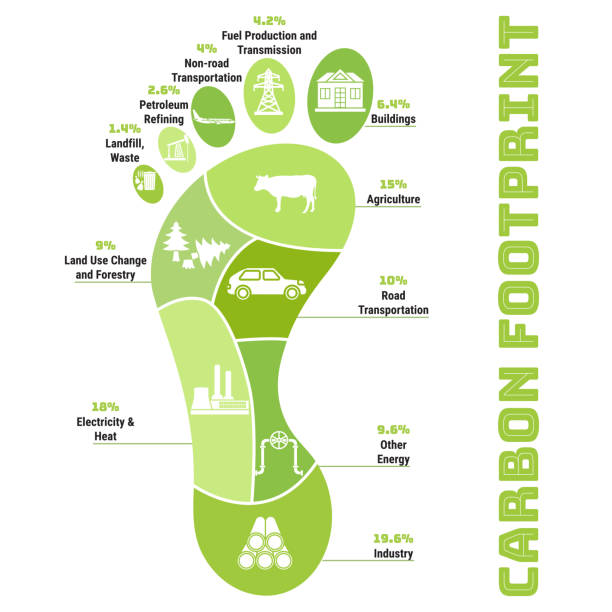Carbon footprint is the amount of carbon dioxide (CO2) emissions associated with all the activities of a person or other entity (e.g., building, corporation, country, etc.). It includes direct emissions, such as those that result from fossil-fuel combustion in manufacturing, heating, and transportation, as well as emissions required to produce the electricity associated with goods and services consumed.
In addition, the carbon footprint concept also often includes the emissions of other greenhouse gases, such as methane, nitrous oxide, or chlorofluorocarbons (CFCs). The carbon footprint is usually expressed as a measure of weight, as in tons of CO2 or CO2 equivalent per year. (read more here)
Carbon footprint is composed of 2 parts:
- The amount of greenhouse gas emissions released into the atmosphere by the burning of fossils fuels.
- The indirect emissions associated with food an individual can consumes or a community.

Did you know?……
The carbon footprint concept grew out of the older idea of ecological footprint, a concept invented in the early 1990s by Canadian ecologist William Reesand Swiss-born regional planner Mathis Wackernagel at the University of British Colombia
More info on carbon footprint here
You might also want to read:


